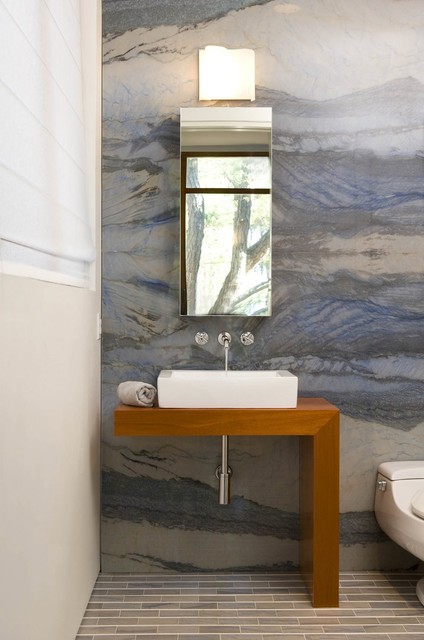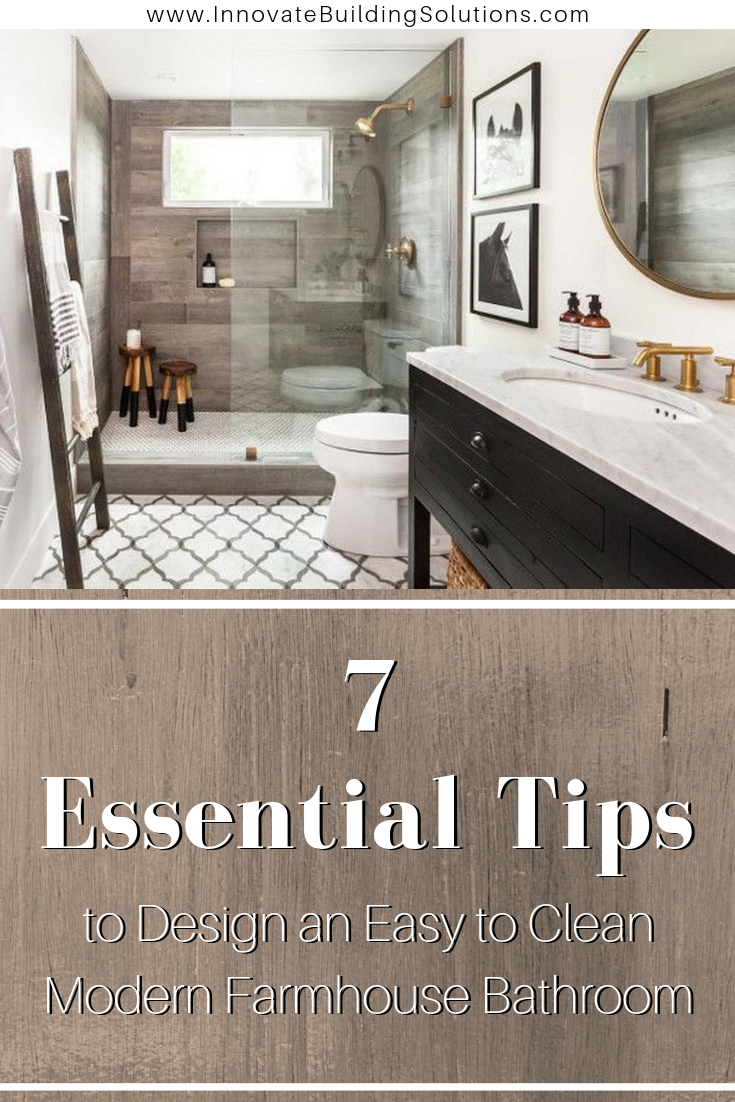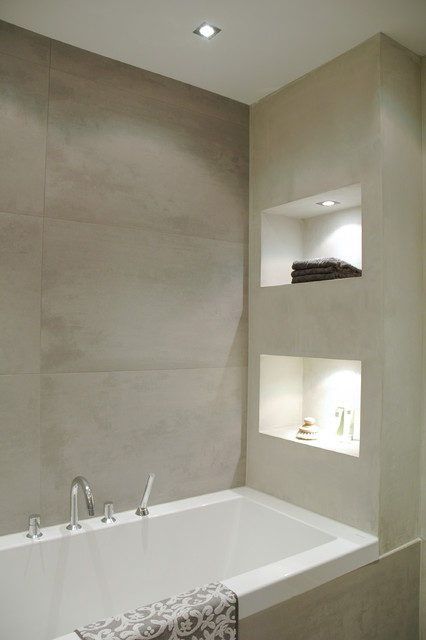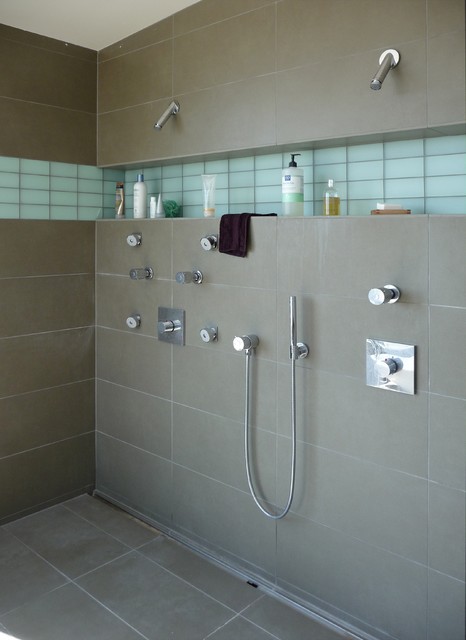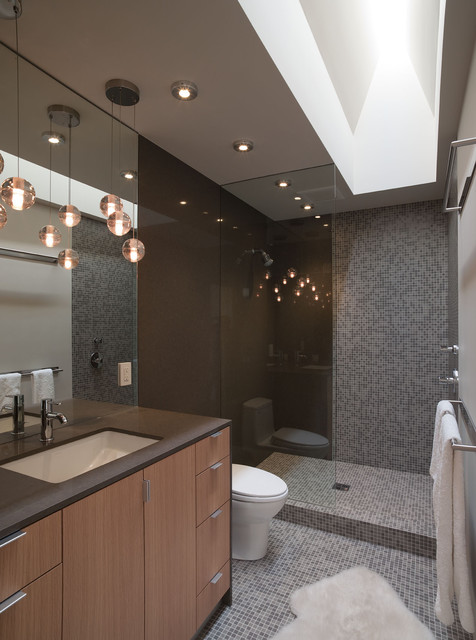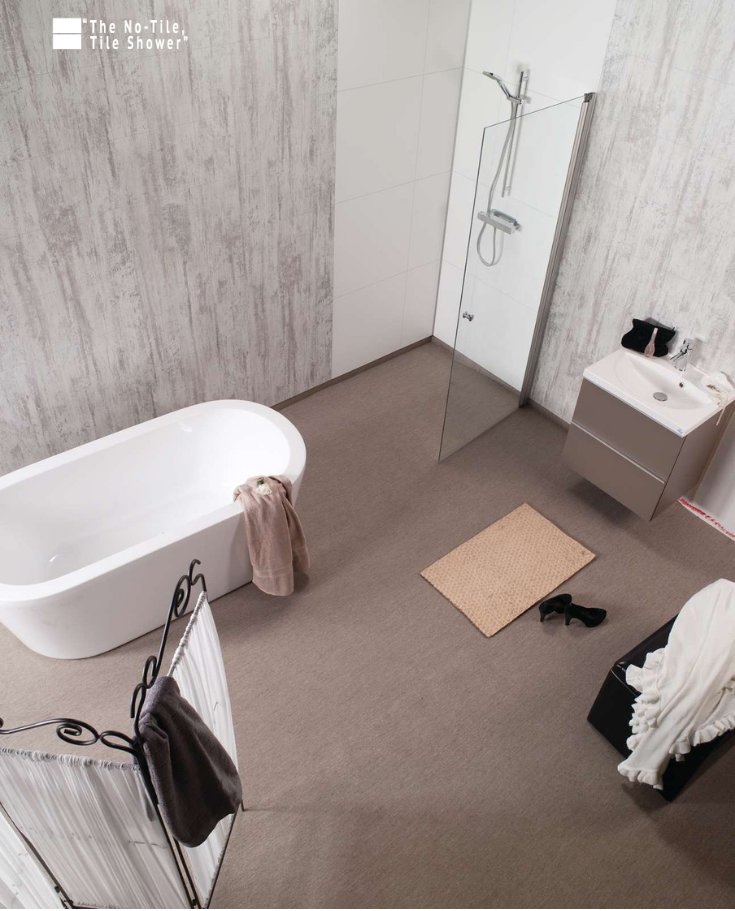The Importance of Easy-to-Clean Bathroom Tiles
When it comes to designing a functional and beautiful bathroom, the choice of tiles plays a significant role. While aesthetics are essential, it’s equally important to consider the practicality of your tile selection, especially concerning cleaning and maintenance. Here’s why easy-to-clean bathroom tiles are crucial for a hassle-free and hygienic space:
- Time-Saving: Easy-to-clean tiles require less effort and time to maintain, allowing you to spend more time enjoying your bathroom and less time scrubbing grout lines.
- Hygiene: Bathroom tiles can harbor moisture, bacteria, and mold if not properly cleaned. Easy-to-clean tiles with smooth surfaces and non-porous materials reduce the likelihood of bacteria buildup, promoting a healthier environment.
- Durability: Tiles that are resistant to staining, scratching, and chemical damage are more likely to retain their original appearance over time, saving you money on costly repairs or replacements.
- Aesthetic Appeal: Clean and well-maintained tiles contribute to the overall aesthetics of your bathroom. Easy-to-clean tiles can maintain their beauty with minimal effort, enhancing the visual appeal of your space.
- Resale Value: A well-maintained bathroom with easy-to-clean tiles can increase the resale value of your home. Prospective buyers are more likely to be attracted to a bathroom that is hygienic, low-maintenance, and visually appealing.
- Peace of Mind: Knowing that your bathroom tiles are easy to clean and maintain provides peace of mind, allowing you to relax and enjoy your space without worrying about tedious cleaning tasks.
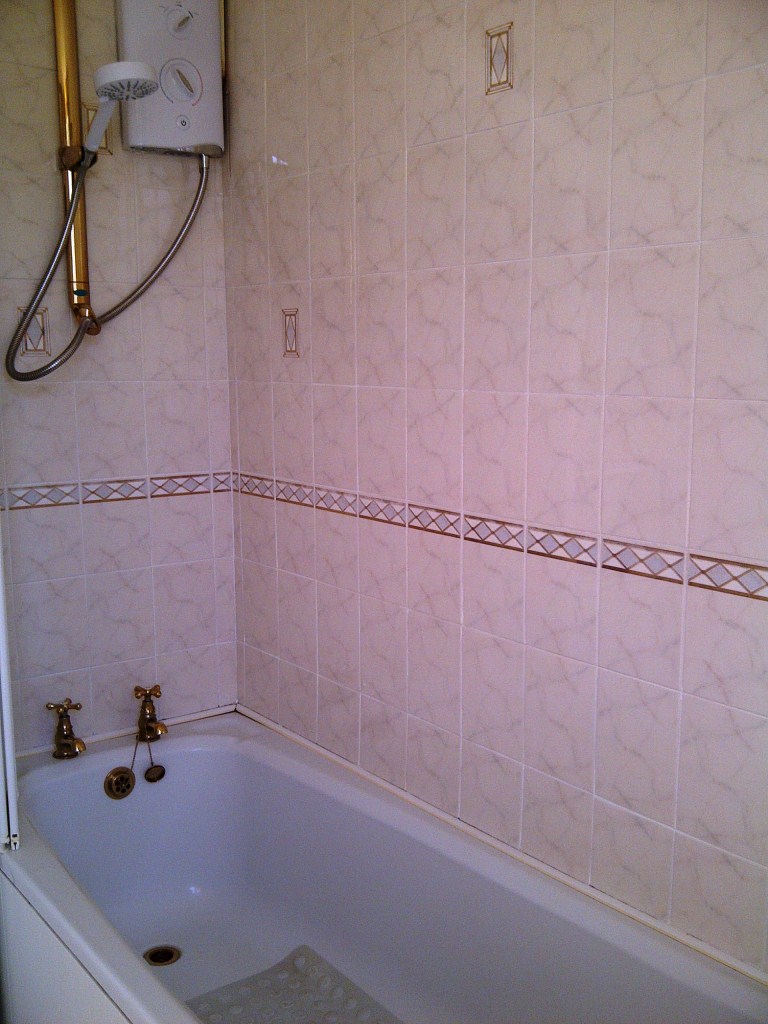
Choosing the Right Materials for Easy Maintenance
Selecting the right materials for your bathroom tiles is essential for ensuring easy maintenance and longevity. When choosing tiles for your bathroom, consider the following materials known for their ease of maintenance:
Porcelain Tiles: Porcelain tiles are a popular choice for bathrooms due to their durability and low maintenance. They are highly resistant to water, stains, and scratches, making them easy to clean with just soap and water.
Ceramic Tiles: Ceramic tiles are another excellent option for bathrooms, offering similar benefits to porcelain tiles in terms of durability and ease of maintenance. They come in a wide range of colors, patterns, and finishes to suit any design aesthetic.
Glass Tiles: Glass tiles are non-porous and resistant to mold and mildew, making them a hygienic choice for bathroom walls and backsplashes. They are easy to clean with mild detergent and water, and their reflective surface adds a touch of elegance to any bathroom.
Natural Stone Tiles: While natural stone tiles such as marble, granite, and slate are stunning and luxurious, they require more maintenance than other materials. However, with proper sealing and regular cleaning, natural stone tiles can still be a viable option for easy maintenance.
Vinyl Tiles: Vinyl tiles are budget-friendly, easy to install, and effortless to maintain. They are resistant to water and stains, making them an excellent choice for bathrooms with high moisture levels.
Large Format Tiles: Opting for large format tiles means fewer grout lines to clean, reducing the time and effort required for maintenance. Large tiles also create a sleek and modern look in your bathroom.
Simple Cleaning Techniques for Bathroom Tiles
Keeping your bathroom tiles clean and hygienic doesn’t have to be a daunting task. With the right cleaning techniques and products, you can maintain sparkling tiles with minimal effort. Here are some simple cleaning techniques for various types of bathroom tiles:
Porcelain and Ceramic Tiles:
- Sweep or vacuum the tiles regularly to remove dust and debris.
- Use a mild detergent or tile cleaner diluted in water to mop the tiles.
- For stubborn stains or grime, use a soft-bristled brush or sponge to scrub the affected areas gently.
- Rinse the tiles thoroughly with clean water to remove any residue.
Glass Tiles:
- Clean glass tiles with a mixture of vinegar and water or a non-abrasive glass cleaner.
- Spray the solution onto the tiles and wipe them clean with a soft cloth or paper towel.
- Avoid using abrasive cleaners or scrub brushes that could scratch the surface of the glass tiles.
Natural Stone Tiles:
- Clean natural stone tiles with a pH-neutral stone cleaner specifically formulated for the type of stone.
- Avoid acidic or abrasive cleaners that could damage the surface of the stone.
- Seal natural stone tiles regularly to protect them from moisture and stains.
Vinyl Tiles:
- Sweep or vacuum vinyl tiles regularly to remove dirt and debris.
- Clean vinyl tiles with a mixture of warm water and mild detergent or a vinyl floor cleaner.
- Use a soft mop or sponge to clean the tiles, and avoid using abrasive cleaners that could scratch the surface.
Grout Lines:
- Clean grout lines with a mixture of baking soda and water or a commercial grout cleaner.
- Apply the cleaner to the grout lines and scrub them with a grout brush or an old toothbrush.
- Rinse the grout lines thoroughly with clean water to remove any residue.
Preventative Maintenance:
- Wipe down wet tiles after each use to prevent water spots and mineral buildup.
- Use a squeegee or microfiber cloth to dry the tiles and prevent moisture from seeping into the grout lines.
- Seal grout lines regularly to protect them from stains and moisture penetration.
Preventative Measures for Keeping Tiles Clean
Preventing dirt, grime, and mold buildup on your bathroom tiles is key to maintaining a clean and hygienic space. By implementing preventative measures, you can reduce the frequency and intensity of cleaning tasks while preserving the appearance and longevity of your tiles. Here are some effective preventative measures for keeping your tiles clean:
Ventilation: Proper ventilation is essential for reducing moisture buildup in the bathroom, which can lead to mold and mildew growth on tiles. Ensure that your bathroom is adequately ventilated with exhaust fans or windows to promote air circulation and prevent moisture accumulation.
Dry Wet Surfaces: After showering or bathing, use a squeegee or towel to dry the tiles, walls, and shower doors to prevent water spots and mineral buildup. Pay particular attention to areas prone to moisture accumulation, such as corners and grout lines.
Use Bath Mats: Place bath mats or rugs near the shower or bathtub to absorb excess water and prevent it from seeping onto the floor tiles. Opt for quick-drying mats with anti-slip backing to minimize the risk of slips and falls.
Seal Grout Lines: Grout lines are susceptible to moisture penetration and staining, making them prone to mold and mildew growth. Seal grout lines regularly with a silicone-based grout sealer to protect them from water damage and make them easier to clean.
Clean Spills Promptly: Accidental spills of shampoo, conditioner, soap, or other toiletries should be cleaned up promptly to prevent stains and residue buildup on tiles. Keep a spray bottle of diluted tile cleaner or vinegar solution handy for quick cleanup.
Use Mild Cleaning Products: Avoid using harsh chemicals or abrasive cleaners on tiles, as they can damage the surface and grout lines over time. Stick to mild detergents, vinegar solutions, or specialized tile cleaners formulated for your tile type.
Long-Term Maintenance Tips
Maintaining clean and hygienic bathroom tiles requires more than just regular cleaning—it also involves long-term maintenance strategies to preserve the integrity and appearance of the tiles. By incorporating these long-term maintenance tips into your routine, you can ensure lasting cleanliness and beauty in your bathroom:
Regular Inspection: Conduct regular inspections of your tiles, grout lines, and sealants to identify any signs of damage, wear, or deterioration. Addressing issues early can prevent them from escalating into larger problems that require costly repairs.
Reapply Sealant: Grout lines and natural stone tiles should be resealed periodically to maintain their protective barrier against moisture and stains. Follow the manufacturer’s recommendations for the frequency of reapplication based on the type of sealant used.
Address Grout Issues: Grout lines are prone to staining, cracking, and crumbling over time. Address any grout issues promptly by cleaning, repairing, or regrouting as needed to prevent water infiltration and mold growth.
Deep Cleaning: Periodically deep clean your tiles and grout lines to remove embedded dirt, grime, and mold. Use a steam cleaner or specialized tile and grout cleaning machine for more thorough cleaning and sanitization.
Avoid Abrasive Cleaning Tools: When cleaning tiles, avoid using abrasive cleaning tools such as steel wool pads or abrasive scrub brushes, as they can scratch or damage the tile surface. Stick to soft cloths, sponges, or non-abrasive cleaning tools to preserve the integrity of the tiles.
Professional Maintenance: Consider hiring professional tile and grout cleaning services for deep cleaning and restoration of heavily soiled or stained tiles. Professional cleaners have the expertise and equipment to tackle tough stains and restore the original appearance of your tiles.
Easy to Clean Modern Farmhouse Bathroom & Shower Design Ideas
Design an Easy-Clean Bathroom
Design an Easy-Clean Bathroom
What Shower Material is Easiest to Clean? Tundraland
Design an Easy-Clean Bathroom
Tips to Create an Easy to Clean Bathroom Design
How to Easily Clean Tiled Shower Stalls
Easy to Clean Modern Farmhouse Bathroom u0026 Shower Design Ideas
Related Posts:

